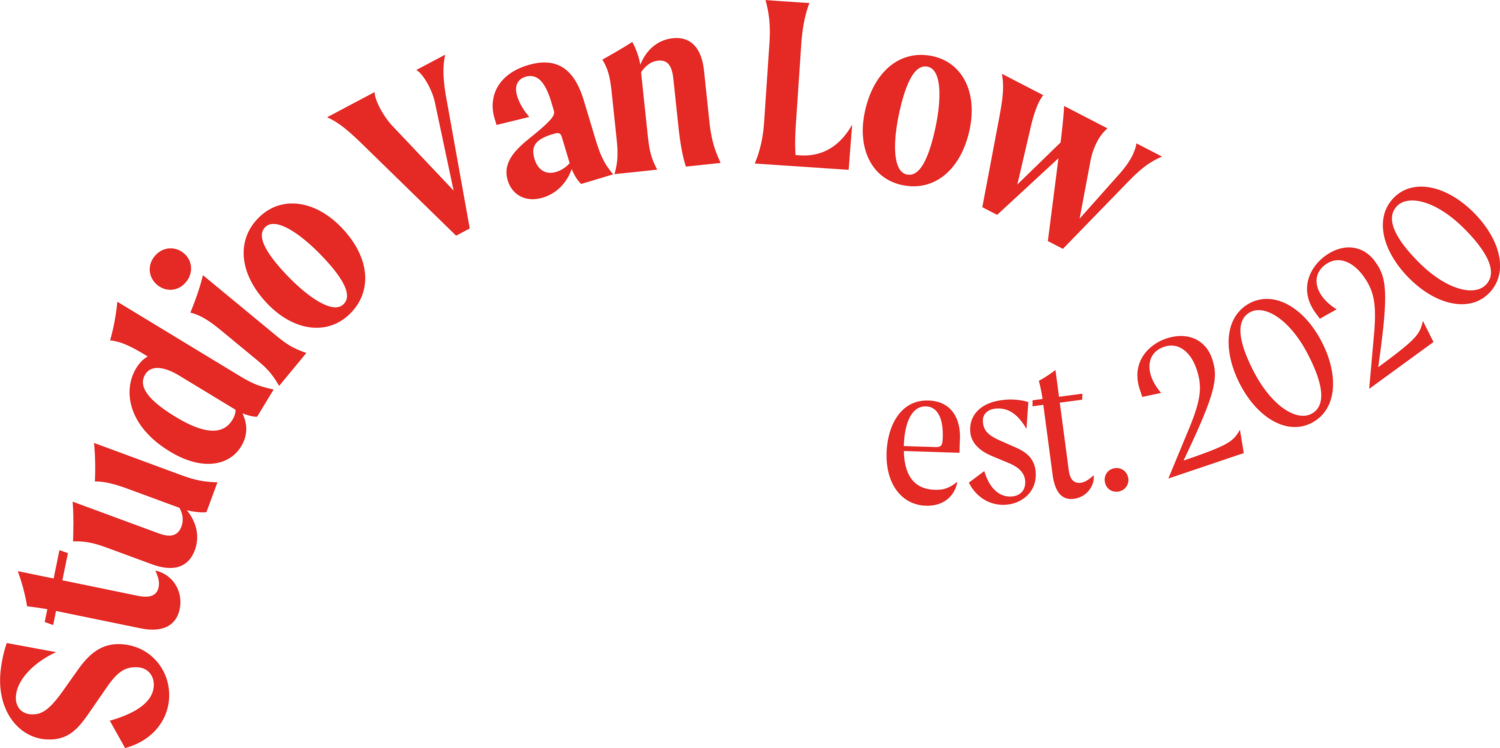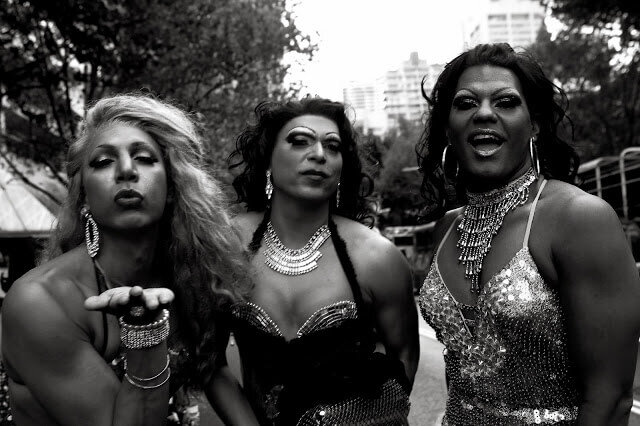NIRIN: the 22nd Biennale of Sydney
Published by A Rich Life, March 2020
View original publication
Barbara McGrady, Sister Girls stylin up, Mardi Gras, 2013
Brace yourselves; it’s Biennale time! The third oldest biennale in the world – following Venice and São Paulo – the Biennale of Sydney is now in its 45th year and is the largest exhibition of its kind in the country. To date, the multi-venue behemoth has exhibited works by more than 1,800 artists from more than 100 countries.
Entitled NIRIN, meaning “edge” in Wiradjuri language, Artistic Director Brook Andrew has put First Nations artists and perspectives at the forefront of this year’s program, “The urgent states of our contemporary lives are laden with unresolved past anxieties and hidden layers of the supernatural. NIRIN is about to expose this, demonstrating that artists and creatives have the power to resolve, heal, dismember and imagine futures of transformation for re-setting the world.”
This theme could not be more timely as this year – the 250th anniversary of James Cook’s voyage to Australia – brings renewed attention to the original sin of colonisation, and its long-lasting effects people continue to grapple with. The idea of the “edge” could be interpreted as being at the forefront, the vanguard or, contrastingly, at the edge of society, the marginalised.
NIRIN will showcase contemporary art across six major venues over 87 days: the Art Gallery of NSW (AGNSW), Artspace, Campbelltown Arts Centre (CAC), Cockatoo Island, the Museum of Contemporary Art Australia (MCA) and the National Art School (NAS).
Choosing favourites from such a diverse program would be an impossible task but some highlights that shouldn’t be missed include: a kaleidoscopic compendium of Aboriginal history from the archives of Gamilaroi/Gomeroi Murri Yinah photojournalist Barbara McGrady at CAC; the Southern Hemisphere premiere of Arthur Jafa’s (USA) The White Album; large scale textile works by Joël Andrianomearisoa (Madagascar/France) at AGNSW and MCA; an interactive greenhouse installation by Kuku Yalanji artist Tony Albert; and an excavation of the shadow cast by the Hyde Park Captain Cook statue by Tlingit/Unangax̂ artist Nicholas Galanin (USA) on Cockatoo Island.
Other notable First Nations artists on display include feminist and interdisciplinary Haitian artist Gina Athena Ulysse; Māori artist Lisa Reihana (New Zealand); and Ainu artist/musician Maunkiki (Japan) who will be researching a project on the Indigenous tattoo practices of sinuye which are now banned.
If that weren’t enough to keep you at the edge of your seat, there is an impressive line-up of accompanying public programs entitled NIRIN WIR (the latter word meaning “sky”). The program spans artist talks and performances; workshops; tours of exhibition spaces and places of importance across Sydney; the NIRIN film program at QT Sydney and the Old Clare Hotel; poetry slams; foraging; and the 4ESydney HipHop Festival on Cockatoo Island.
Kunmanara Mumu Mike Williams at Mimili Maku Arts. Photograph: Rhett Hammerton. Courtesy the artist and Mimili Maku Arts.


